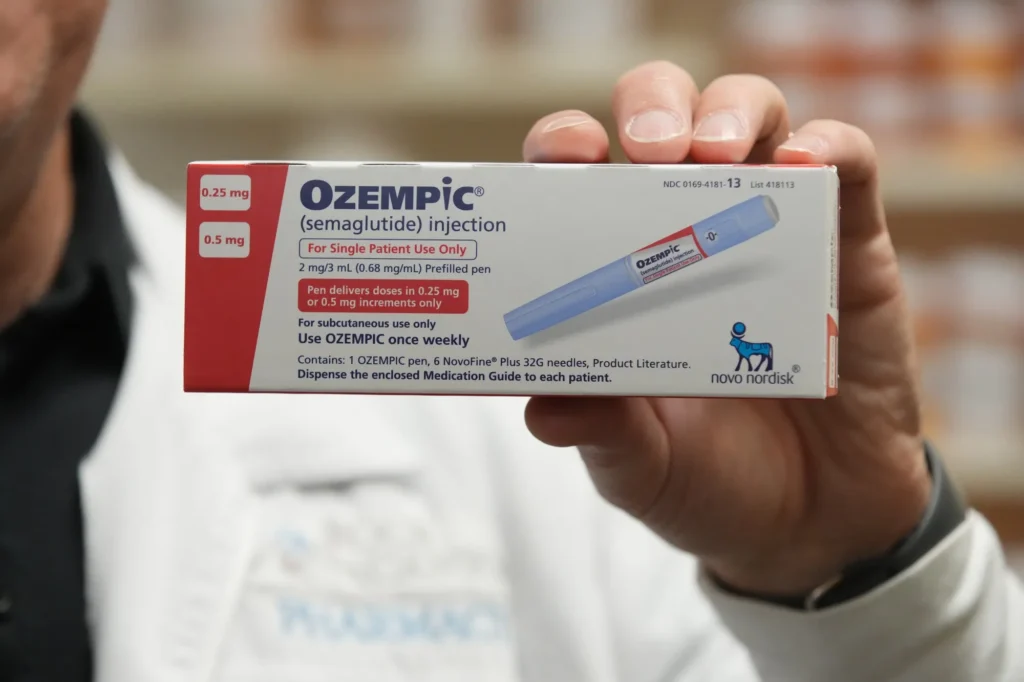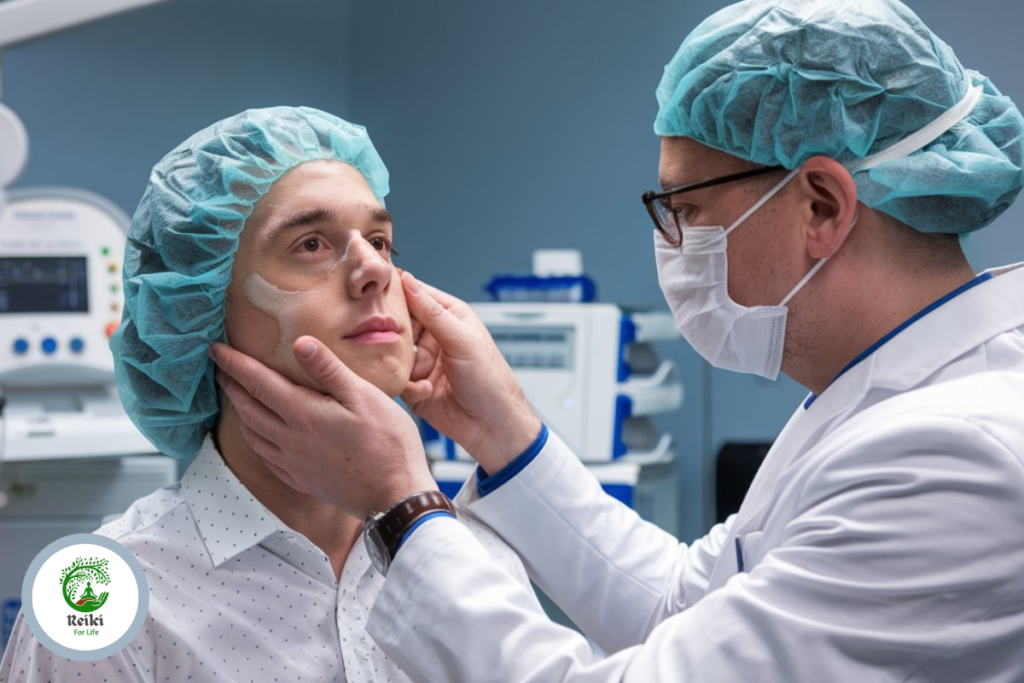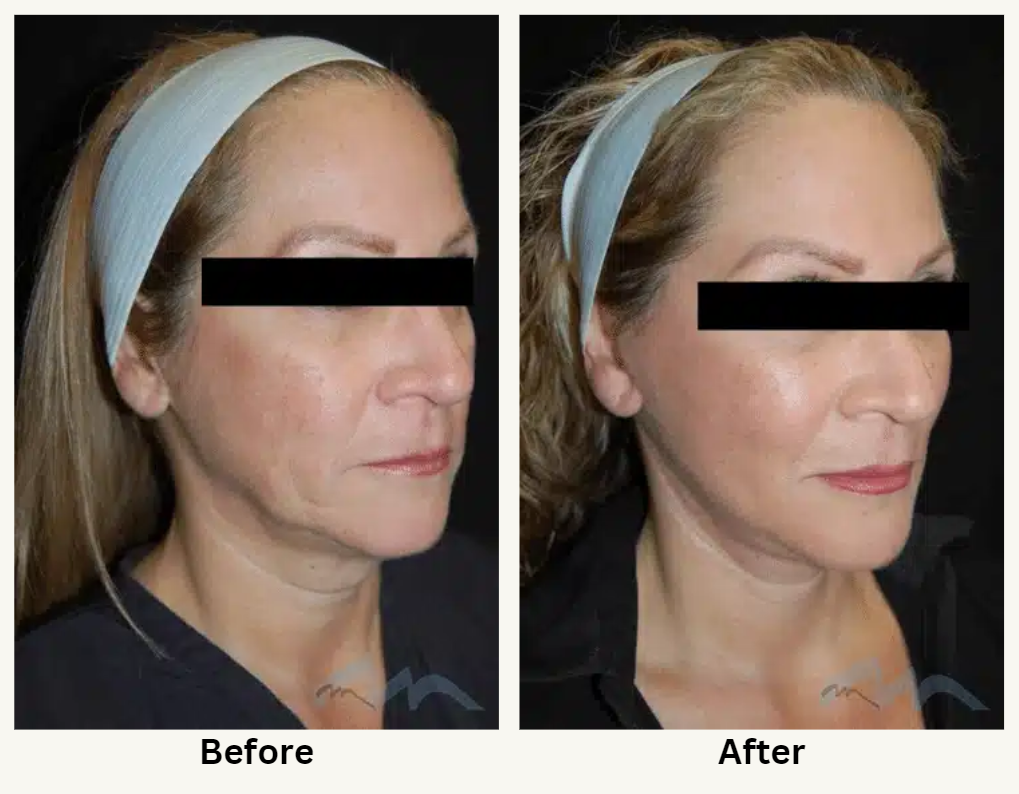Ozempic (semaglutide) is a revolutionary medication for managing type 2 diabetes and supporting weight loss. However, as more people achieve significant weight loss with Ozempic, a new concern has emerged: Ozempic face. This term refers to the sagging or aged appearance that can result from rapid weight loss, prompting some individuals to seek the expertise of plastic surgeons for solutions.
In this comprehensive guide, we’ll explore the concept of Ozempic face, why it happens, and the role of plastic surgeons in addressing it. If you’re curious about the connection between plastic surgeons and Ozempic face, this guide has everything you need to know.
What is Ozempic?
Ozempic is an FDA-approved, once-weekly injectable medication designed for managing type 2 diabetes. Its active ingredient, semaglutide, mimics the effects of the GLP-1 hormone to:
- Regulate blood sugar levels.
- Suppress appetite.
- Promote weight loss.
While primarily prescribed for diabetes, Ozempic has gained popularity for its off-label use in weight loss, helping users shed significant amounts of weight.

What is Ozempic Face?
Ozempic face refers to the sagging or hollowed appearance of the face that can occur after significant weight loss, particularly with medications like Ozempic. The term has become a trending topic among weight-loss patients and medical professionals.
Characteristics of Ozempic Face
- Hollow Cheeks: A sunken look caused by the loss of fat in the facial area.
- Sagging Skin: Loose skin that results from rapid fat loss, as the skin doesn’t have time to adjust to the new facial structure.
- Aged Appearance: Wrinkles and fine lines become more prominent as facial volume diminishes.
Why Does Ozempic Face Happen?
1. Fat Loss in the Face
- Facial fat contributes to a youthful, plump appearance. When this fat is lost rapidly during weight loss, the skin may appear less firm and more wrinkled.
2. Skin Elasticity Decline
- As we age, the skin loses collagen and elastin, making it harder for the skin to “bounce back” after significant weight changes.
3. Rapid Weight Loss
- When weight loss occurs quickly, the skin doesn’t have enough time to adapt, leading to sagging and a hollowed appearance.
The Role of Plastic Surgeons in Addressing Ozempic Face
Plastic surgeons play a key role in helping individuals restore volume and contour to their face after experiencing Ozempic face. Treatments offered by plastic surgeons can rejuvenate the face, tighten loose skin, and restore a youthful appearance.
Popular Plastic Surgery Treatments for Ozempic Face
1. Dermal Fillers
- How It Works: Dermal fillers like hyaluronic acid (e.g., Juvederm or Restylane) are injected into specific areas of the face to restore lost volume and reduce wrinkles.
- Benefits:
- Immediate results.
- Minimal downtime.
- Natural-looking rejuvenation.
- Best For: Hollow cheeks, sagging skin, and fine lines.

2. Fat Transfer (Fat Grafting)
- How It Works: Fat is harvested from another part of the body (e.g., thighs or abdomen) and injected into the face to restore volume.
- Benefits:
- Long-lasting results.
- Uses your body’s natural fat, reducing the risk of rejection.
- Best For: Patients seeking a more permanent solution for volume loss.
3. Facelift Surgery
- How It Works: A surgical procedure to lift and tighten sagging skin, remove excess skin, and restore facial contours.
- Benefits:
- Dramatic, long-term results.
- Addresses both loose skin and wrinkles.
- Best For: Severe sagging and advanced signs of aging.
4. Skin Tightening Treatments
- How It Works: Non-surgical treatments like radiofrequency or ultrasound therapy (e.g., Ultherapy) stimulate collagen production to tighten the skin.
- Benefits:
- Non-invasive.
- Gradual, natural improvements.
- Best For: Mild to moderate skin laxity.
5. Thread Lifts
- How It Works: Biodegradable threads are inserted under the skin to lift and tighten specific areas of the face.
- Benefits:
- Minimally invasive.
- Immediate lifting effect.
- Best For: Patients with mild sagging who prefer a non-surgical approach.

When to See a Plastic Surgeon for Ozempic Face
If you notice signs of Ozempic face, such as sagging skin or hollow cheeks, and it affects your confidence, consulting a plastic surgeon can help. Signs that you might benefit from a consultation include:
- Significant facial volume loss.
- Increased wrinkles or fine lines.
- Loose skin that hasn’t improved over time.
Non-Surgical Alternatives for Managing Ozempic Face
If you’re not ready for plastic surgery, there are non-invasive methods to improve the appearance of Ozempic face:
1. Skincare Products
- Use collagen-boosting products containing retinol, vitamin C, and peptides to improve skin elasticity.
2. Facial Exercises
- Perform facial yoga or exercises to tone the muscles and improve blood circulation.
3. Hydration and Nutrition
- Stay hydrated and consume a diet rich in collagen-boosting foods, such as bone broth, fish, and leafy greens.
4. Microneedling
- Stimulates collagen production for firmer, more youthful skin.
How to Prevent Ozempic Face
While Ozempic face can’t always be avoided, you can take steps to minimize its effects:
1. Lose Weight Gradually
- Aim for a steady weight loss of 1-2 pounds per week to give your skin time to adjust.
2. Focus on Skin Care
- Use moisturizers, sunscreen, and anti-aging products to maintain skin elasticity.
3. Stay Active
- Regular exercise can improve circulation, boosting skin health and overall tone.
4. Maintain a Balanced Diet
- Eat foods rich in collagen and antioxidants to support healthy, resilient skin.
Real-Life Stories: Ozempic Face and Plastic Surgery
Case Study 1: Sarah’s Transformation
- Problem: After losing 50 pounds with Ozempic, Sarah noticed hollow cheeks and sagging skin.
- Solution: She opted for dermal fillers to restore volume and saw immediate, natural-looking results.
- Outcome: Sarah regained her confidence and continued her weight-loss journey.
Case Study 2: Mike’s Experience
- Problem: Rapid weight loss left Mike with loose skin around his jawline.
- Solution: A combination of fat grafting and a mini facelift tightened his skin and restored his youthful contours.
- Outcome: Mike felt more confident and maintained his new weight.

FAQs: Plastic Surgeons and Ozempic Face
1. Is Ozempic face permanent?
No, Ozempic face is not permanent. Plastic surgery or non-invasive treatments can restore volume and tighten the skin.
2. How much does it cost to fix Ozempic face?
The cost depends on the treatment:
- Dermal fillers: $500-$2,000 per session.
- Fat grafting: $5,000-$10,000.
- Facelift surgery: $7,000-$15,000.
3. Can Ozempic face be prevented?
Gradual weight loss, proper skincare, and a balanced diet can minimize the risk of Ozempic face.
Final Thoughts on Plastic Surgeons and Ozempic Face
The connection between plastic surgeons and Ozempic face highlights the importance of addressing the aesthetic challenges that can arise during significant weight loss. Whether through dermal fillers, surgical procedures, or non-invasive treatments, plastic surgeons offer effective solutions to restore facial volume and confidence.
By consulting with a qualified plastic surgeon and maintaining a proactive approach to skin care, you can enjoy the benefits of weight loss with Ozempic while maintaining a youthful, vibrant appearance. Take control of your journey and embrace your transformation with confidence!
1. Is Ozempic face permanent?
No, Ozempic face is not permanent. Plastic surgery or non-invasive treatments can restore volume and tighten the skin.
2. How much does it cost to fix Ozempic face?
The cost depends on the treatment:
. Dermal fillers: $500-$2,000 per session.
. Fat grafting: $5,000-$10,000.
. Facelift surgery: $7,000-$15,000.
3. Can Ozempic face be prevented?
Gradual weight loss, proper skincare, and a balanced diet can minimize the risk of Ozempic face.
